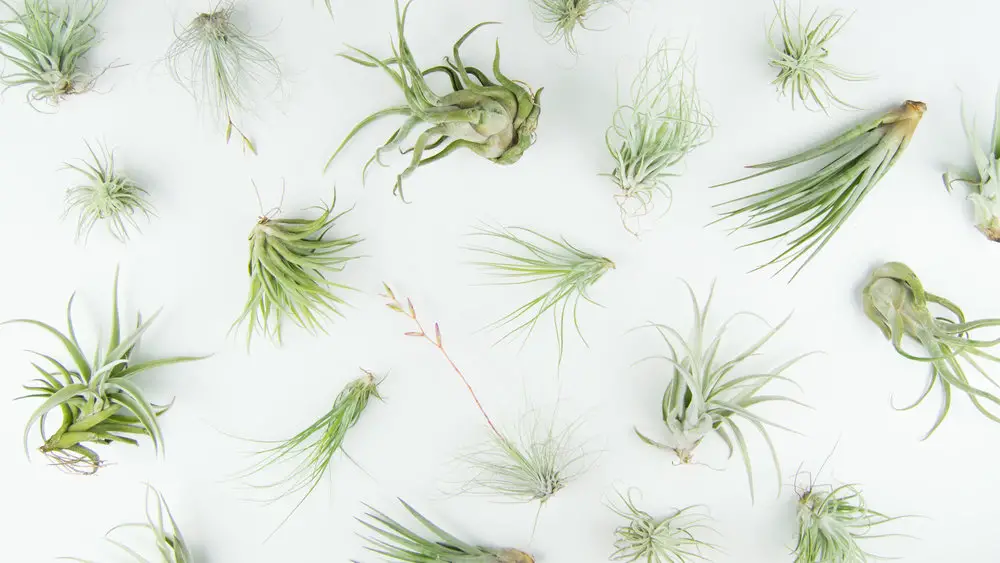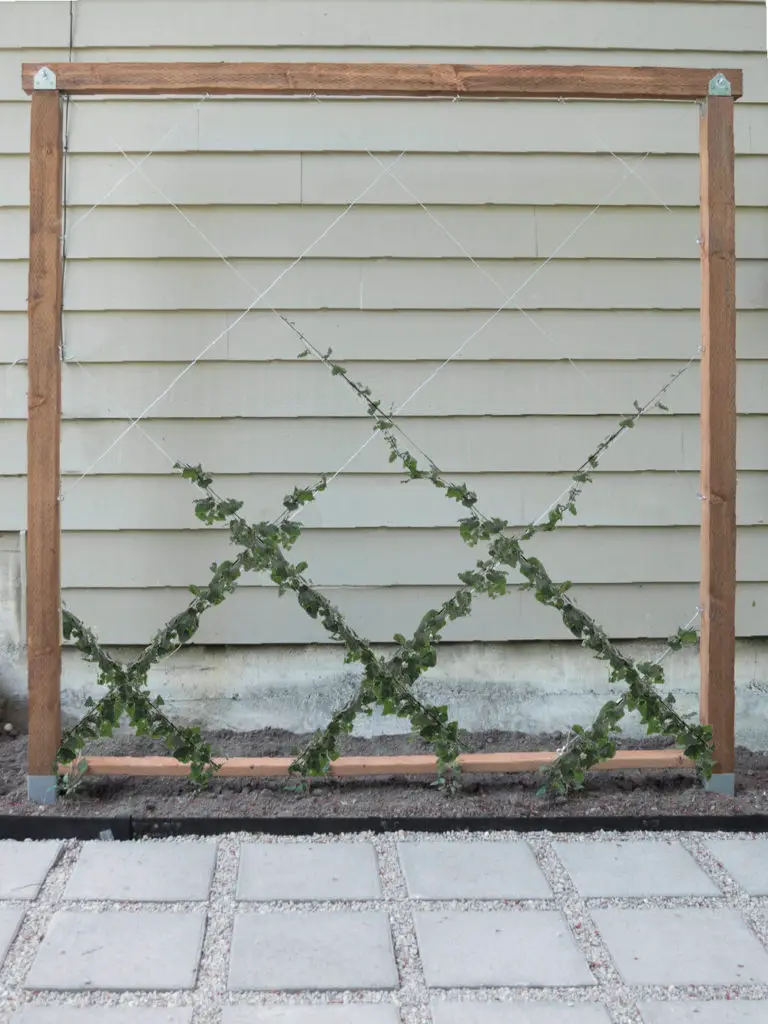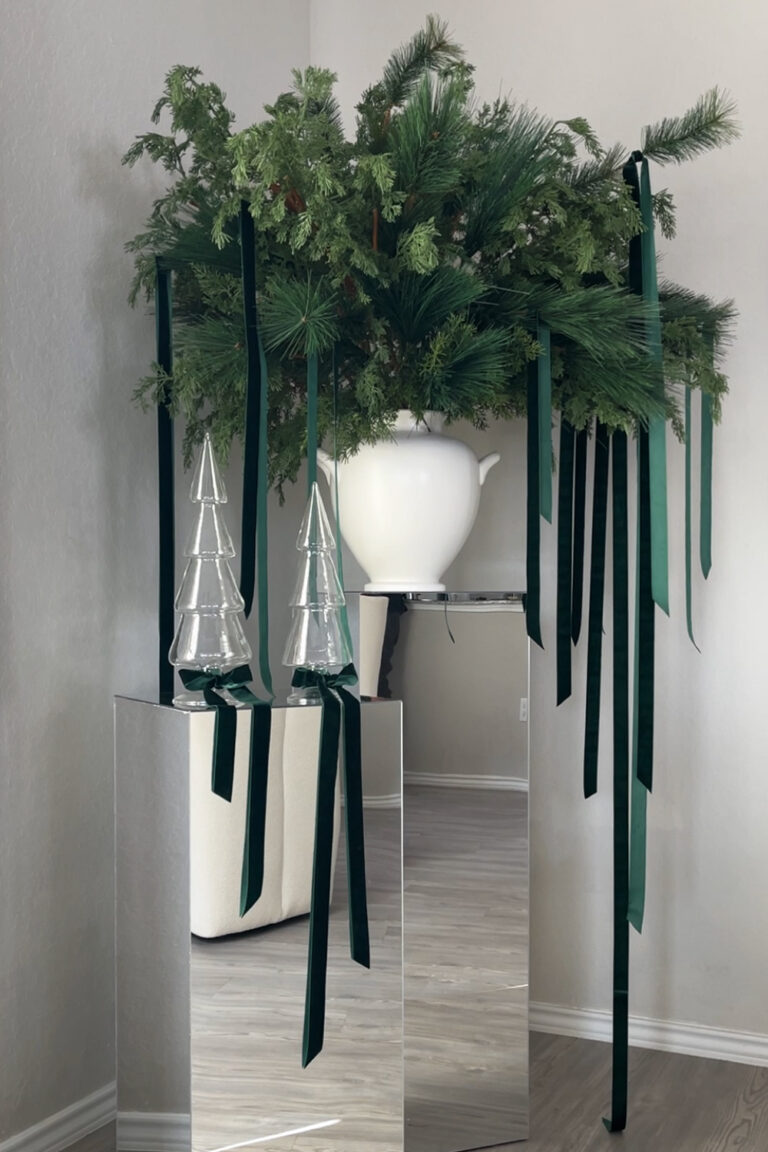A Simple Explanation For How to Water and Care for Air Plants

Different types of air plant species
Tillandsias, or the more common name, air plants, have become very popular over the last few years due to their little upkeep.
So what exactly are air plants?
They are called air plants because they simply get their nutrients from air and water. Air plants are epiphytes, which mean they don’t grow in soil, but instead grow on other plants.
Air plants are native to most of Central America and grow attached to high trees in the forest canopy. Since they are attached to trees at such a tall height, air plants are used getting wet often from the rain, but also are used to being quickly dried off from the winds. This is the biggest to keep in mind when caring for air plants – try to mock their natural environment.
Flowering & Reproduction
Air plants flower only once in their life. Yep, just once, and that is what marks the start of their reproductive process. Their colorful and vibrant blooms come from the center of the plant and depending on the species, they can be yellow, purple, pink, blue, red and even white. How long the bloom will stay is hard to say. Some last a week, and others can last for a month. Once the bloom is completed, the plant will start to reproduce babies on the side of your air plant. These new baby air plants are referred to as “pups” and will eventually grow up and bloom, starting the cycle all over again. You can leave the pups attached or once they have grown to about 1/3 of the size of the adult, you can detach it and have a whole new plant!
Lighting
Air plants love bright, indirect light. Too much sun can burn the tips of air plants that have thin leaves, whereas the air plants with thicker leaves can withstand a little more light. But, never place in direct sunlight or in dark shade.
Another thing to remember is that air plants need good circulation, so place them in something that isn’t too tight.
Watering / Misting / Soaking
There are two main ways to water air plants, misting and soaking. Whichever method you choose, just remember that the amount of water your air plant will need is dependent on your climate. Summer months and/or dry and hot climates are going to require more watering. Cold, dark and damp climates will mean less watering.
Here are a few simple tips to remember:
– Only water when the plant is dry or when its leaves look tight and start to curl.
– Completely dry the plant before returning it to its place.
– Never let standing water sit on the plant for long periods of time.
– Use filtered water, if possible.
All air plants love a good mist every couple days or so, but another method you might want to try is soaking. You can submerge the air plants in a bowl of water and let them sit for about 15 minutes, to start. This is usually done a couple times a month, but it all depends on your climate. When soaking, it’s key to make sure your air plant is dry before returning it to its place. Air plants with thin leaves will dry quicker than ones with thick leaves. To be sure no water is trapped in between the leaves, hang them upside down until they are completely dry.
Air plants that have flowers shouldn’t be totally submerged. Only submerge the base of the plant in water or stick to only misting it.
Signs something is wrong
If the tips of the leaves start to curl, this usually means it needs some water.
The tips of air plants with thin leaves can potentially burn and will turn brown if placed in too much sun. Give the air plant some water and relocate the plant to an area with less sun.
If the air plant is taking on too much water, the base will typically turn brown or even black. Remember to completely dry them out before returning it to its place.
What to do when you receive your first air plant
Chances are, by the time you receive your air plant, it hasn’t been watered in a few days. The first thing you will want to do is water it, either by misting it or soaking it. Gently remove any loose leaves if necessary.
Owning an air plant is a great start for someone who wants to explore their green thumb, but isn’t ready for a huge commitment. Their little upkeep is great for people on the go or someone who is just forgetful. I hope these simple tips and tricks will help you out when caring for your own air plant.






Thank you very much for this most useful information. I do have an Air Plant, My son gave her to me for my birthday, I believe. I was never much of a green thumber, but I do love this little girl. The information here helps me because I’ve only just been spraying her. I had no idea I was suppose to dry her out as well. She is still looking pretty good, no blooms yet though. I keep her on my desk, underneath my lamp, and she sits between two soft sponge coral. Anyway, thank you again for the knowledge!
Hi Sherry! You’re so welcome! Glad you enjoyed it! I’ve found that the climate you live in really dictates how often it needs water. I’ve also heard great things about mixing some fertilizer in the water to get it to bloom faster. I’ve yet to test it myself, but just wanted to throw it out there, in case you wanted to try it! 🙂